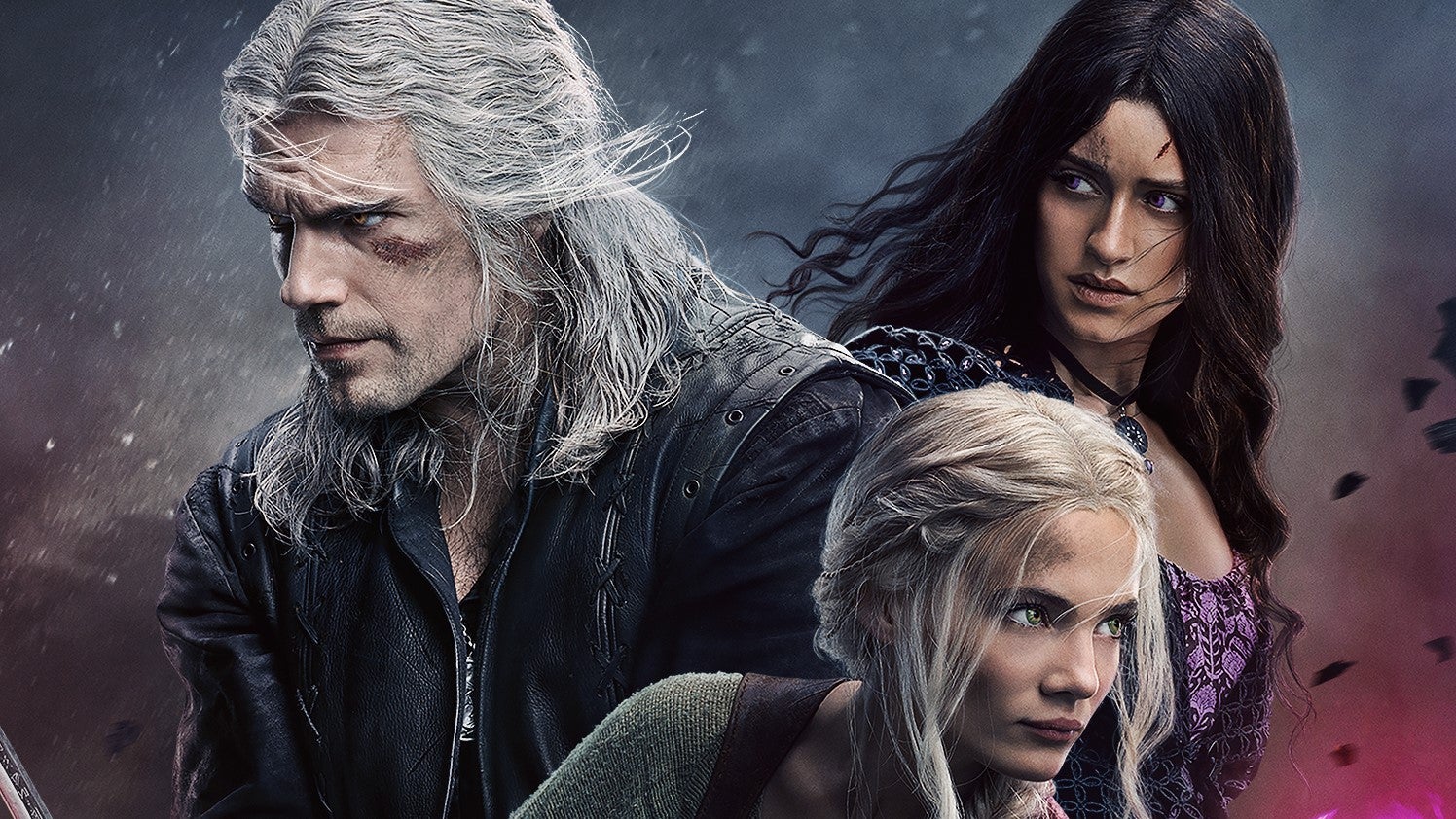As The Witcher Season 3 makes its debut in the dynamic streaming landscape, it strives to recapture the enchantment of past blockbusters. This season presents a unique challenge by splitting its episodes into two volumes, leaving viewers both thrilled and wary.
The first five episodes offer a rollercoaster of emotions, blending excitement, anticipation, and occasional frustrations. Amidst this journey, The Witcher serves as a poignant reminder of a bygone era when streaming shows held unparalleled sway over audiences, solidifying its place as a standout in today’s ever-evolving streaming landscape.
Please be advised that spoilers lie ahead, so proceed with caution.
The Familiar and the Frustrating
To its credit, showrunner Lauren Schmidt Hissrich maintains a more straightforward narrative structure in Season 3, moving away from the chronology-hopping confusion of Season 1. The story picks up after the events of Season 2, as Geralt, Yennefer, and Ciri find themselves on the run, seeking to protect Ciri from those who seek to exploit her powers.
This initial premise sets the stage for the first five episodes, which primarily focus on Geralt and Yennefer’s efforts to safeguard Ciri from known and unknown threats. In many ways, this format echoes the dynamic of Season 3 of “The Mandalorian,” where Yennefer assumes the role of the fierce mother figure, balancing out Geralt’s protective nature and Ciri’s untamed potential.
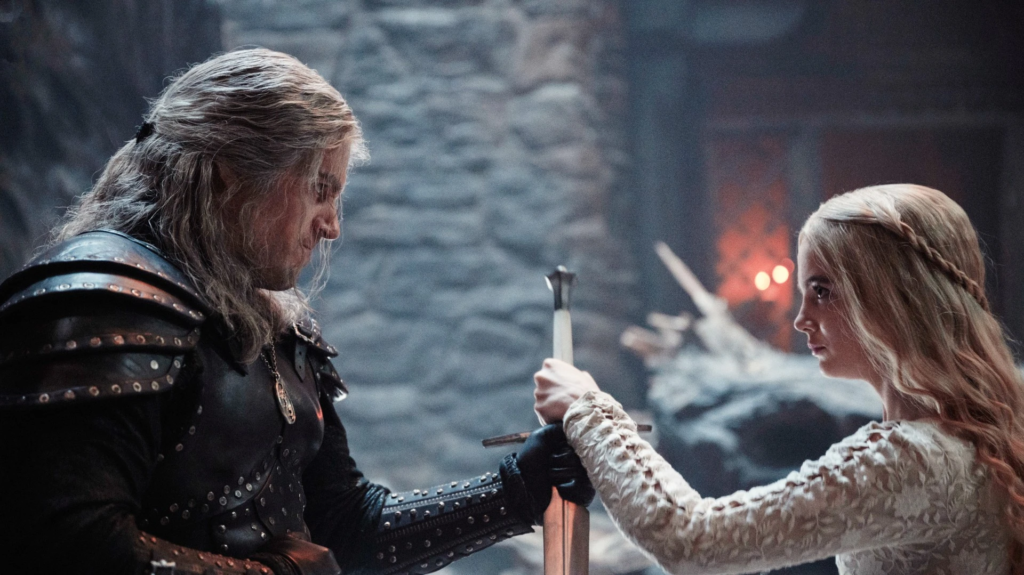
However, amidst the familiar moments of campy fun that defined the show’s early charm, The Witcher Season 3 struggles to strike a balance with its dense and ponderous lore-building. The introduction of palace intrigue and an abundance of self-serious characters speaking in archaic language contributes to a sense of doubling down on the complexities of the political landscape.
The frequent double-crossings and backroom plotting can become overwhelming, demanding close attention or risking detachment from the convoluted political machinations altogether.
Embracing the Witching Family
Despite its narrative challenges, The Witcher remains enjoyable when it refocuses on the central witching family. The series shines brightest when it embraces its campy, adventurous spirit reminiscent of “Hercules: The Legendary Journeys” rather than delving too deeply into the intricate politics akin to “Game of Thrones.”
The dialogue retains its arch tone, the humor lands effectively, and the return of the witty bard Jaskier injects additional levity. Notably, the season’s first half concludes with a grandiose fancy-dress gala, reminiscent of Netflix’s hit series “Bridgerton,” providing a compelling scenario where Geralt’s usual brute force is insufficient.
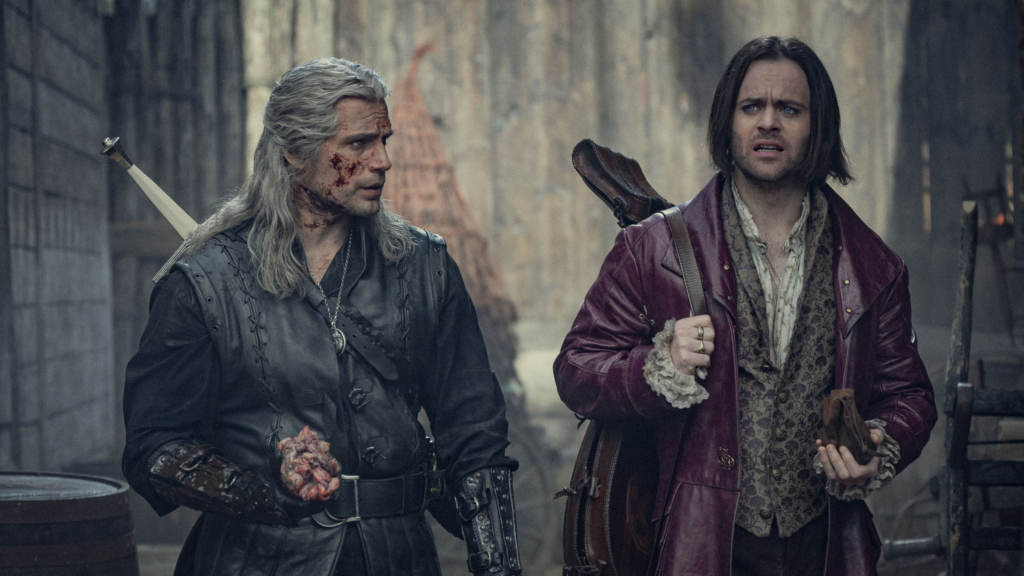
Furthermore, the monster fights in The Witcher Season 3 continue to be a highlight, capturing the essence of the show’s heart-pounding action. Each episode presents thrilling encounters where Henry Cavill’s Geralt and Freya Allan’s Ciri face off against grotesque creatures. The monster designs remain visually captivating, from the eerie jackapace to the terrifying man-rat king formed by a mysterious cave creature. These action sequences bring the show to life, showcasing its prowess in delivering adrenaline-pumping entertainment.
The Struggle with Pacing
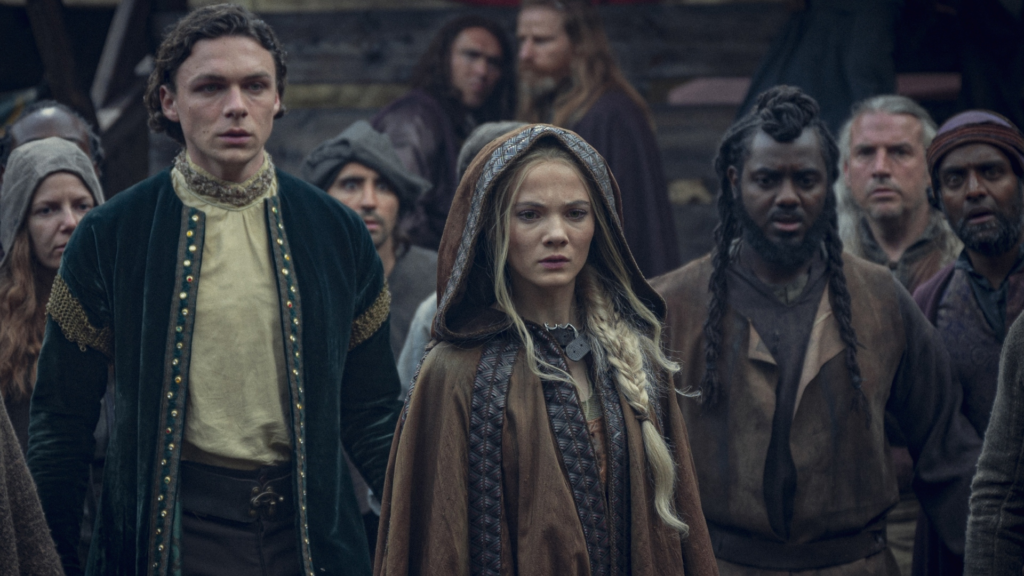
The pacing of the series remains a concern. While Season 1’s fractured narrative structure allowed viewers to focus on the spectacle without being burdened by convoluted plotlines, Season 3 requires more investment in unraveling the intricate political webs. This shift in focus risks turning the viewing experience into a more laborious endeavor, where the excitement of the monster fights becomes overshadowed by the need to navigate through the dull plotting.
A Relic of Streaming’s Golden Age
“The Witcher” Season 3 is a relic from a time when streaming series had the opportunity to break through and find their identities. It serves as a reminder of the initial excitement surrounding big-budget prestige shows.
While the series may be showing signs of losing steam, with rumors of Liam Hemsworth taking over Henry Cavill‘s role in Season 4, there are still elements that keep audiences engaged. Cavill’s iconic portrayal of Geralt, the chemistry between the cast members, the comic relief provided by Joey Batey’s Jaskier, and the exhilarating monster battles all contribute to the show’s enduring appeal.
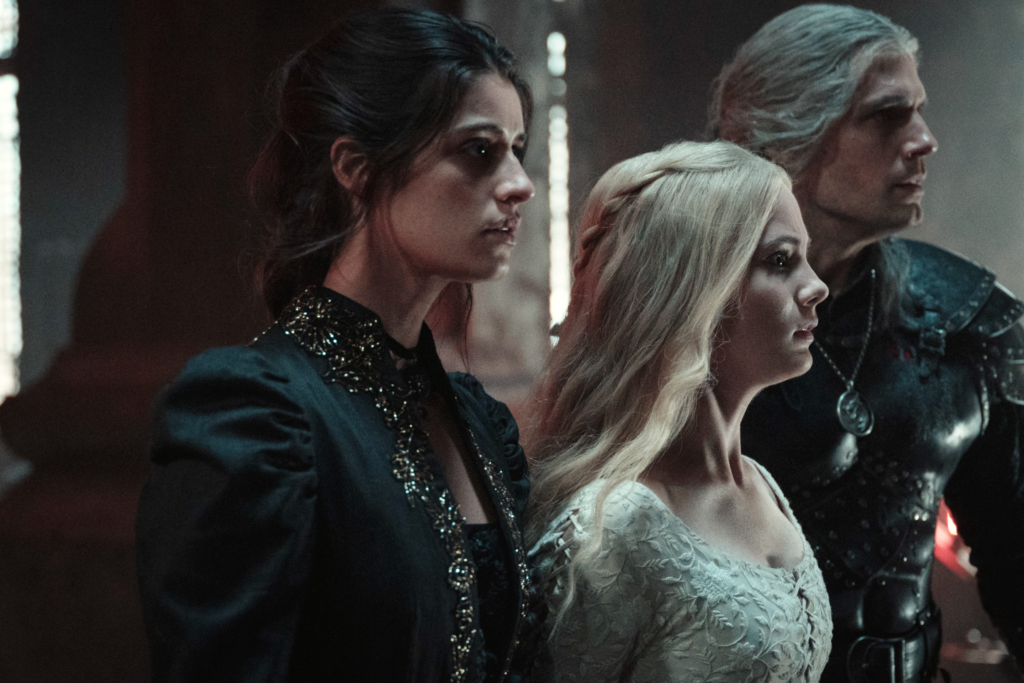
The Witcher Season 3 Volume 1 brings with it a blend of fun and frustration as it navigates the challenges of evolving streaming dynamics. The show manages to maintain its campy charm and thrilling monster battles, which have become its trademark.
However, the increased focus on political intricacies and dense plotting poses a challenge for viewers seeking a more straightforward and exhilarating viewing experience. Despite these hurdles, The Witcher remains a testament to the golden age of streaming, capturing the hearts of fans and leaving them eager to uncover what lies ahead in Volume 2.
